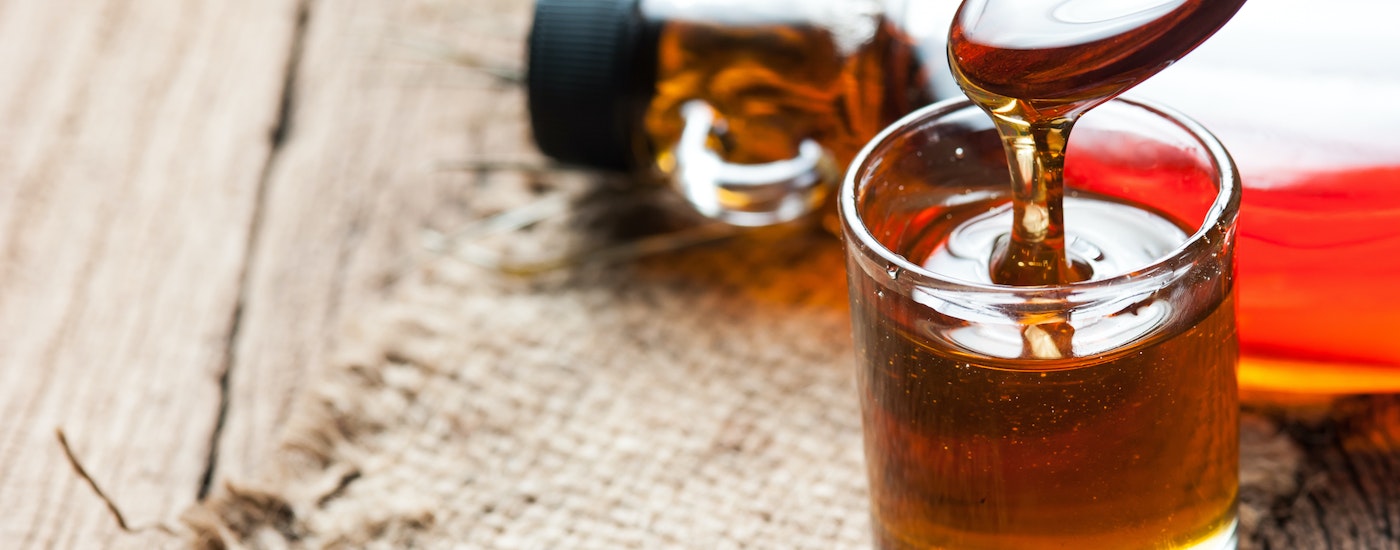Gum Ghatti became used as an alternative to Gum Arabic/Acacia since around 1900. The largest application for Gum Ghatti in the U.S. has been in powdered oil-soluble vitamins and as an emulsifier (oil in water emulsions). It is also used in fat containing table syrups. Industrial applications for Gum Ghatti include water resistance in powdered explosives, varnishes, emulsified waxes, wallpaper gum sizing, textile dyes and in oil well drilling mud. Fine powder particle size aids in cold process activation and delivery of maximum viscosity (minimum 140 MESH). Activated Gum Ghatti delivers higher viscosity in water than Gum Arabic/Acacia but lower than Gum Karaya.

Gum Ghatti
Common Names
- Gum Ghatti
- Indian Gum
Functionality
- Film Former
- Emulsifier
- Limited Thickening
Quality
- Powder Color
- Particle Size
Applications for Gum Ghatti
Botanical Sources
Gum Ghatti is dried tree sap from species Anogeissus latifolia which is native to the dry deciduous forests of India, Nepal, Myanmar and Sri Lanka. The crude gum oozes from the tree bark and collects as small “tears” or larger masses. Following collection, the gum is dried in the sum for several days before sorting for color and impurities. The collected gum is solubilized in water, filtered and heat treated. It is either dried into lumps and milled into the powder form or spray dried. Sifting, aspiration and density-table separation are used to remove impurities during this process. Quality grades are influenced by powder color and level of impurities. The leaves of A. latifolia are also fed upon by the moth which produces Tussar silk.

Polymer Chemistry
The carbohydrate structure of Gum Ghatti consists of a main polymer chain of made up of galactose and arabinose along with side chains containing arabinose, mannose, xylose and glucuronic acid and 6-deoxyhexose residues. As a result of the high content of glucuronic acid, it is a calcium-magnesium salt. Because of these acid residues, in water the pH is approximately 4.8. Hydration is aided by controlling the particle size to under 150 mesh. The polymers are stable between pH values of 3-11. A higher apparent viscosity is observed in an aqueous solution containing 25% ethanol. Gum Ghatti swells in cold water to yield a viscous solution but on heating the solutions show a permanent loss in viscosity similar to other hydrocolloids from tree saps.
